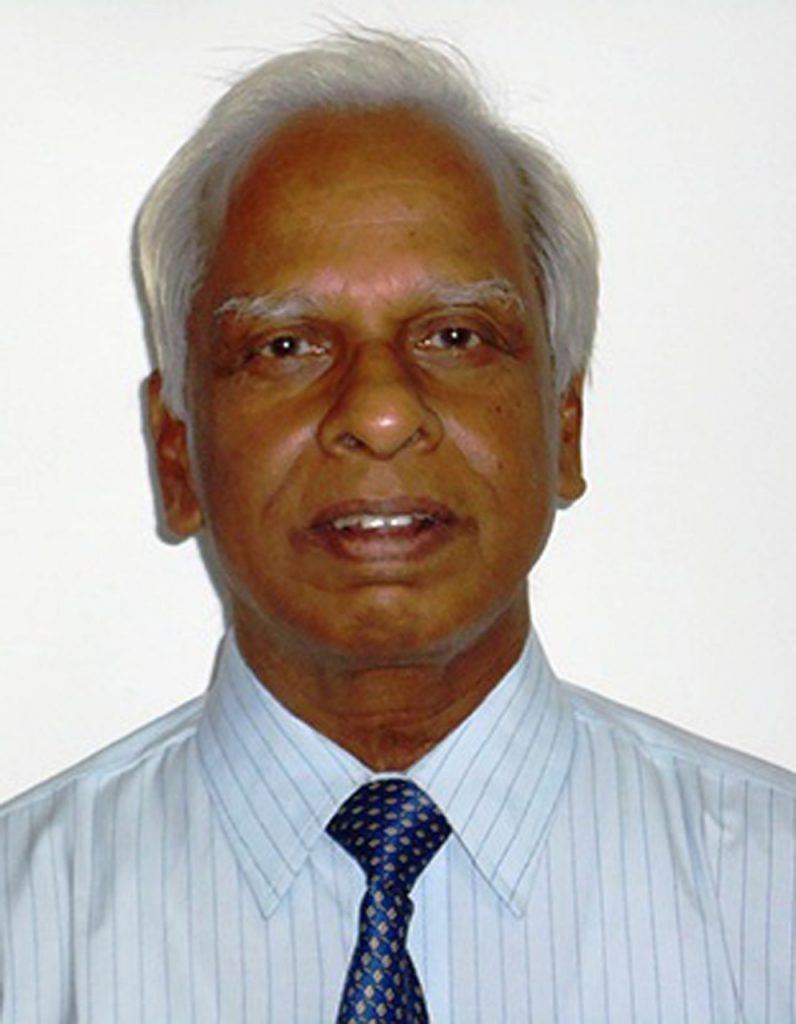My English (Honours) batch mate and close friend of sixty years, who said he had read my piece on “ji”, asked me over phone whether I knew about a new term of greeting in Odia: “Jaya Jagannath”; “jaya” becomes “jay” in the speech of the urban educated. The purists are not pleased. Odia words are vowel-ending; so “jay” is “Hindi-ization” of Odia, they would say. I told him that I knew about this new greeting word. “What do you think about it?” he asked. I hadn’t but I didn’t want to say that to him. Because then he would chide me with the remark, “what kind of a linguist are you? New words are coming into the language. Being a linguist, you should keep your ears open”. He had done so before. But my eighty-year old ears are not so good that from Bangalore they would receive what was being said in Odisha.
I said this greeting doesn’t seem to have become very popular yet. Even in a face-to-face conversation, not just in a telephonic one, you could get away with this rather vague remark; “vague” because you could say that for all kinds of things. “Seem” will save you as will “very popular”. By saying “seem”, you are not committing yourself to your own observation. As for “very popular”, how popular is “very popular”? So you have said something that sounds informative but isn’t informative in the least. My friend was satisfied, which shows the strategy works.He said I was right but it might become a popular form of greeting in not- so- distant future because of late, influential political leaders, both Odia and non-Odia, have been increasingly using it in the beginning and the closing of their public lectures. If you are a bit cynical, you would say, “Oh, that’s just to please the people”. But tell me, which term of greeting is not so? Is there a greeting term intended to annoy or displease the addresse?
When I thought about it, I felt that this greeting is just a four or five year old thing. The young linguist DebashishMohapatraagrees. He said some people are using it these days in both telephonic talk and face-to-face talk in place of “hello” or “hi”. He remembers having seen wall posters in Odia language in the Temple town, Puri, urging people to use ‘Jai Jagannath” instead of “Hi / Hello”. Those who promote this greeting, see it as an assertion of Jagannath-centric Odia identity (“asmita” is the Odia word for it, which expresses aggressive self-respect). For this reason, he said, it may soon become popular. Incidentally, Odia identity has always been Jagannath-centric but it had not found expression in the linguistic etiquette system of Odia language.
But I think there could be another reason as well: many might see this greeting as an opportunity to take MahaprabhuJagannath’s name. Who doesn’t know the story of Ajamila in SrimadBhagavata, which celebrates the mahima (glory) of the word “Narayana”? Terrified in the extreme to see the messengers of Yama, the god of death, the sinner Ajamila called out to his youngest child, whose name was Narayana. The word, that names the Supreme god Narayana, saved him from the clutches of death and gave him the opportunity to live a life of virtue, which he did and attained the ultimate bliss. Details are out of place here.
Now, “Jay Jagannath” is not a new coinage. Its use as a greeting is. So how was it used before it was adopted as a greeting? I am not sure, but I think it is the devotees from North India who would collectively utter “Jay Jagannath” in devotional delight while having darshan of MahaprabhuJagannath. People of Odisha generally use “Hari bola(say “Hari”)” instead, lengthening the vowel “i” in “Hari”. Some do utter “Jaya Jagannath”, but use “Hari bola” more often. At least that was my observation sixty years ago.
Now, “Jay Jagannath” or “Hari bola” is not a greeting; one does not greet Jagannath with this expression. One expresses one’s own spiritual exuberance on having darshan of Him. As a term of greeting it has no emotional content, which is true of the widely used terms “Namaste” or “Namaskara”. I like “Namaste”, the literal meaning of which is “I bow to Him in you”, embodying the idea that everyone is a form of His. But once it is routinized as a greeting expression, it loses this sublime sense.
These and other terms of address in Odia have a functional advantage over “Hello / Hi” in that the former can be used at the time of leave-taking too. Unlike “Hello”. This probably holds for the equivalent terms of address in other Indian languages too.
I asked my friend whether he knew that yet another expression, namely “VandeMataram” may soon become part of the telephonic “greeting system” in Maharashtra. The employees of the Maharashtra government and of the State-funded institutions in that State will soon be encouraged to use “VandeMataram” instead of “Hello” in telephonic conversation (see The Statesman, October 2, 22). “Hello” is seen as an expression of Western culture. My friend had no idea of this.“Don’t you think it’s an interesting strategy to resist Westernization?” I asked my friend. He ignored my question. “Will the employees say ‘VandeMataram’ in face-to-face interaction as well?” he asked me. “It’s too early to say anything for certain in this regard”, I said rather pompously.
Let me close this piece with a beautiful greeting expression. My close friend, the linguist Professor Shreesh Chaudhary and we both were boating on a sunny morning in the river Yamuna. That was six years ago. The boatman, a gifted narrator,who seemed to be in his early fifties, was friendly and as he was rowing, he was telling us fascinating little tales about the sacred river. He told us that Sri Krishna’s hiding of the gopis’ clothes was not an act of mischief. He was actually teaching them a lesson. He was telling them that bathing completely naked in the sacred river was unacceptable, it being an act of disrespect to the river. Incidentally, a holy dip is never taken without any clothes on the body.Snan (bathing) in a sacred water body is holy dip, no matter on which day and with what intentions.

I hadn’t heard of this interpretation of the doing of Sri Krishna before. Most likely it is in some sacred text. But that didn’t matter to me then. As far as I was concerned, the boatman was my guru. As we left, I bowed to him and said “Namaste”. With a beatific smile, he told me in Hindi that saying “Namaskar”, “Namaste”, etc. is not done here (chaltanehi). It’s “Radhe, Radhe”. I was deeply touched. There was something very tender about it. I bowed to him again and said “RadheRadhe”. He bowed to me and said “RadheRadhe”.
Sitting on the balcony of my room in the Guest House of GLA University, Mathura, late that starry night, I was thinking of this great puranic character, Radha. The “special gopi” of SrimadBhagavata got a name, a status and a story – a profound one for that matter- centuries after, in Brahma VaivartaPurana. And her story continued to grow. It didn’t take very long for her story to become Krishna’s story. As for Sri Krishna’s story, it would lack completeness without her story. As their stories got entwined, Radha and Sri Krishna became inseparable in the devotee’s imagination.
There are Krishna temples in which Radha is not with Krishna. But there are no Radha temples in which Krishna is not with her. Given this, it is quite interesting that in the greeting “RadheRadhe”, Radha exists without the support of Sri Krishna. This could well turn out to be the only term of greeting and leave-taking in our languages in a female’s name.
(The views expressed are the writer’s own)

Prof. B.N.Patnaik
Retd. Professor of Linguistics and English, IIT Kanpur
Email: [email protected]
(Images from the net)

